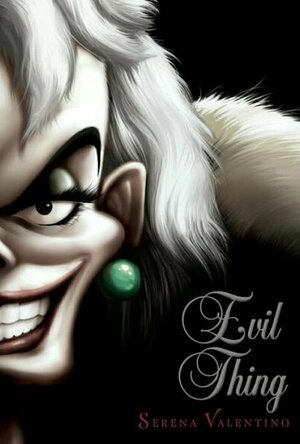
2XL Supercross
Games and Entertainment
App
Bury the competition as you ride like a pro! Discover secret jump combinations within each track as...
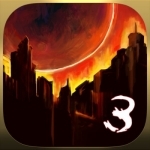
Rebuild 3: Gangs of Deadsville
Games
App
It's been a few years since the zombpocalypse turned the world's cities into graveyards and sent the...
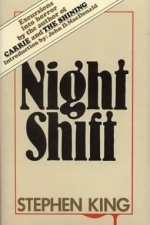
Night Shift
Book
Stephen King has brought together nineteen of his most unsettling short pieces--bizarre tales of...
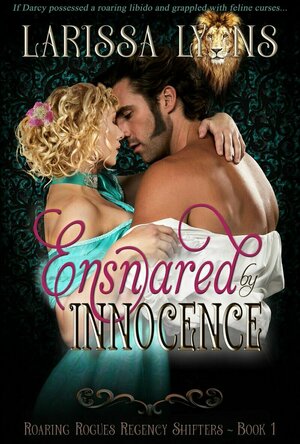
Ensnared by Innocence (Roaring Rogues #1)
Book
Oh, the angst! Changing into a lion isn’t all fur and games. Lord Blakely doesn’t have time...
Historical Paranormal Romance Shifters Regency
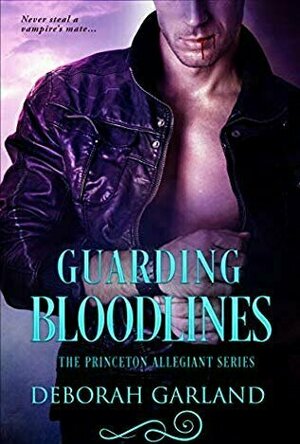
Guarding Bloodlines (The Princeton Allegiant #2)
Book
Never steal a vampire's mate. What is the world's most dangerous vampire to do when the only...
Paranormal Romance
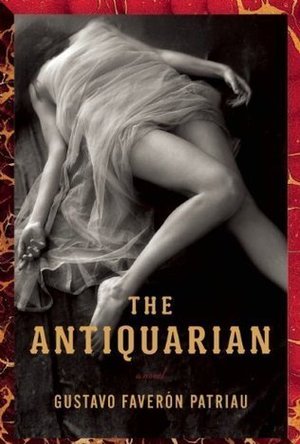
The Antiquarian
Book
A Los Angeles Times Best of Summer pick An Amazon Best Book of the Month (Mystery, Thriller &...
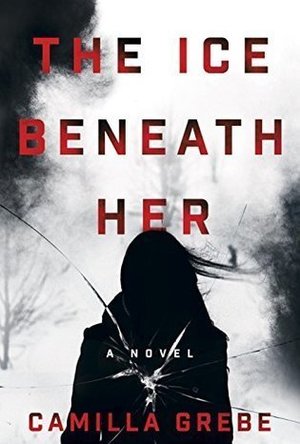
The Ice Beneath Her
Book
Winter’s chill has descended on Stockholm as police arrive at the scene of a shocking murder. An...
Lyndsey Gollogly (2893 KP) rated Evermine ( Daughters of Askara book 2) in Books
Aug 18, 2022
Kindle
Evermine ( Daughters of Askara book 2)
By Hailey Edwards
⭐️⭐️⭐️
There’s such a thing as too much change. Emma’s sister is mated. Revolution is brewing in her home realm. The last straw: her would-be mate is back from the dead and back under her skin—yet when it comes to the last five years, he’s not talking.
Desperate for a chance to start her own life, she answers the queen’s call to ensure equality for all of Askara’s newly freed slaves. It’s the perfect opportunity to escape a heartbreak in the making named Harper.
Harper loses a piece of his fractured soul when Emma walks away. His lies were meant to protect her from torturous years that drove him to the point of madness. Instead, when he comes to her a year later to help avert a crisis in a freed-slave community, the wedge those lies drove between them is firmly in place.
As their new lives collide with old wounds, they race to stop a threat that could not only destroy the queen, but send Harper back to the hell he escaped. Emma must decide if the man she still loves deserves equal rights to her heart.
This was ok. I really enjoyed book one I like the demons in this series. I just don’t know what it was about this one I just got a little bored. Im not a huge fan of Emma her character just gets on my nerves a bit! I like where the story is going so it’s a 3 star for me.

Fingers Crossed: How music saved me from success
Book
Formed in 1988, Lush were part of the London gig scene during one of the most vibrant and creative...
Trigger warning: self harm/ suicide
Laura Doe (1350 KP) rated Evil Thing: A Villains Novel (Villains #7) in Books
Jan 14, 2022
Evil Thing is Cruella De Vil’s story, but not the story that we all think we know. It is styled as a memoir starting with Cruella’s childhood, or the childhood she remembers with rose tinted glasses from the age of eleven onwards. We see how she knew Anita Darling (before she married Roger) and how they were childhood friends who even went to finishing school together for a while. We see how Anita came to have Perdita. And we see exactly how Cruella ended up descending into madness in Hell Hall.
I was a little disappointed that we didn’t have anymore of the Odd Sisters story in this book, but I suppose it was left on a little bit of a cliffhanger, so I can only hope that Serena Valentino will revisit them in the future. But I also realise that it wouldn’t make sense to have them in this book, with Cruella’s life being in London and not in the realm of fairies and witches. It is however referenced as Cruella and Anita’s favourite fairytale book, where they follow Circe and Princess Tulip, which did make me smile.
While this isn’t my favourite of the Villains series (Mistress of All Evil takes that title!) I do like how it is just that little bit different from the others. I wonder if Cold Hearted will be written in the same style or another different style? It will be interesting to find out.

